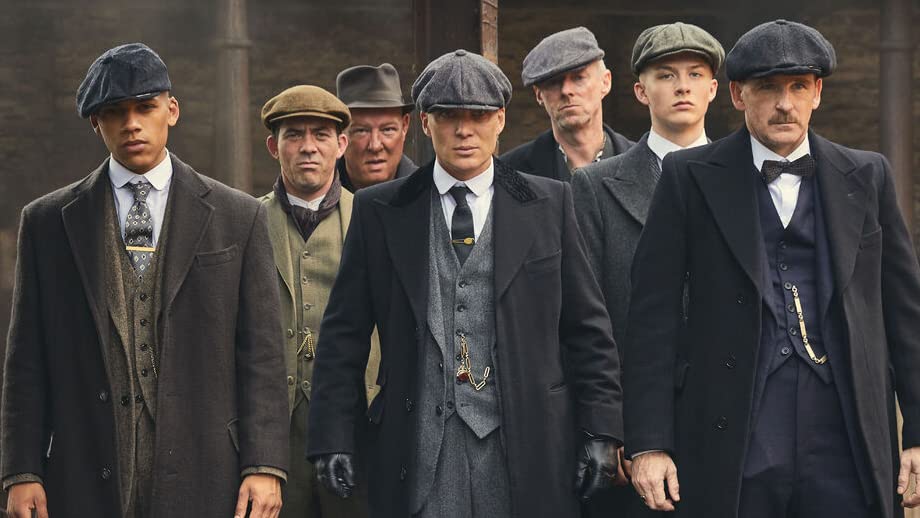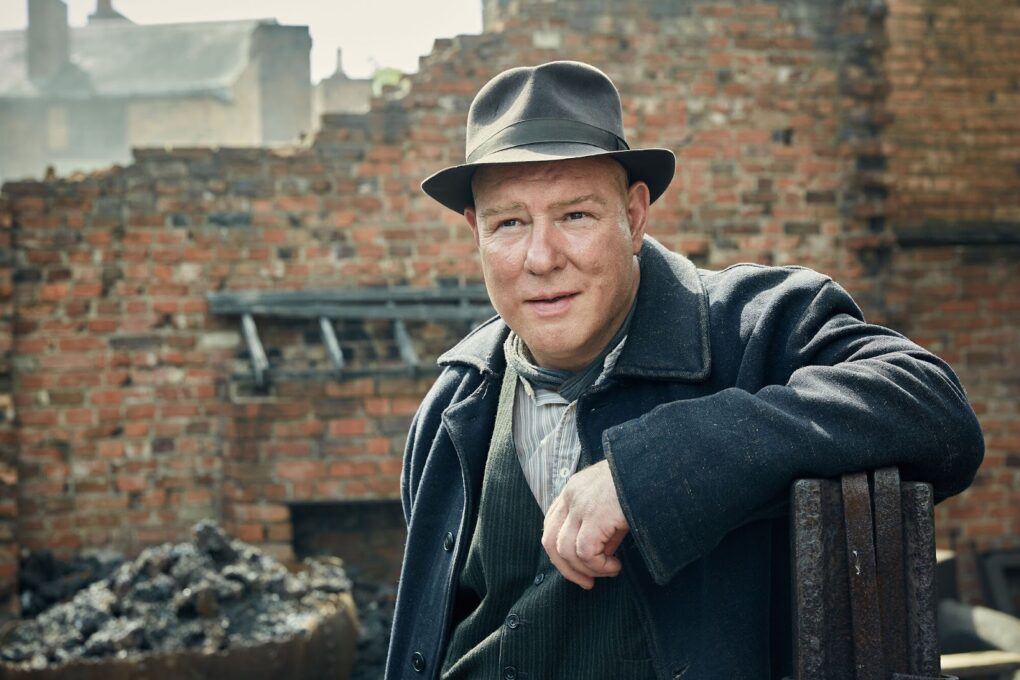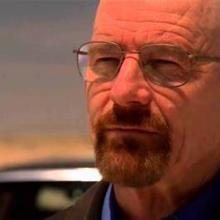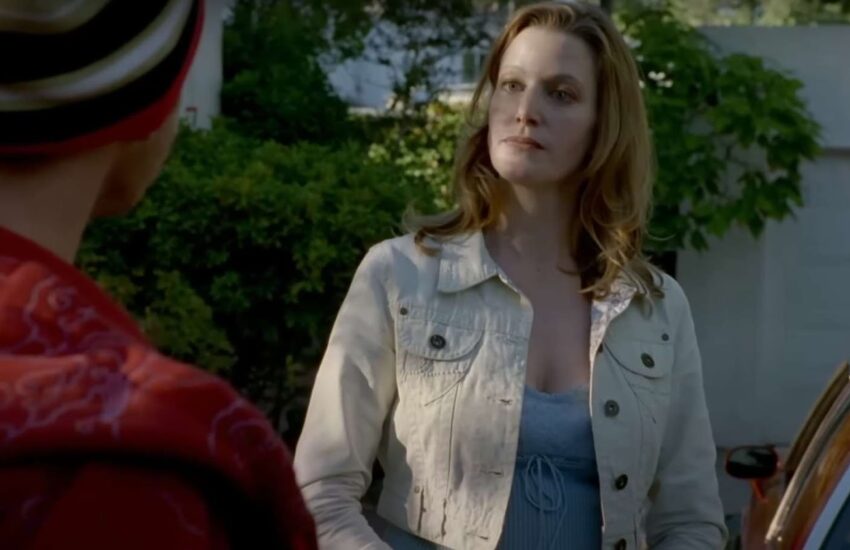
Peaky Blinders Curly: Unveiling the Character Behind
In the acclaimed TV series “Peaky Blinders,” the character known as Curly grapples with a multitude of mental and physical afflictions, including post-traumatic stress disorder, depression, anxiety, and alcoholism. These ailments are a direct consequence of the harrowing experiences he endured during his service in the First World War. Witnessing the horrors of war firsthand has exacted a profound toll on his mental well-being, while the physical scars of trench warfare further burden him, making daily life an arduous struggle. Despite these trials, Curly remains an integral member of the Peaky Blinders gang, unwavering in his loyalty to Tommy Shelby. He is a complex figure, bearing the weight of inner turmoil and violence, yet at his core, he’s a good man striving to survive in a world that has taken so much from him.
Curly’s Battle with Afflictions
As fans speculated on Twitter about Curly possibly being replaced by another actor, the answer was a resounding no. In a scrap yard scene alongside Tommy Shelby and his son Duke, Curly, portrayed by Ian Peck, remained unchanged. The credits for “The Road to Hell” episode confirmed his continued presence. Ian Peck, known for his role as a Death Eater in “Harry Potter and the Deathly Hallows” and a guard in “Wolfman,” remains firmly entrenched in the Peaky Blinders cast.
The Unveiling of Curly’s Appearance
Curly’s physical appearance raised questions among viewers, with some asking if a new actor had assumed the role. However, the credits affirm that Ian Peck reprised his role as Curly in season five. The subtle change in his appearance can be attributed to weight loss since his previous appearances. Curly, known as a smooth-talking ferryman in Charlie Strong’s yard, has maintained his essence while adapting to his evolving appearance. This transformation adds layers to the character’s depth and complexity.
Tommy Shelby’s Battle with Tuberculoma
Tommy Shelby, grappling with the belief that he’s cursed, faces a daunting diagnosis. Doctor Holford informs him of having tuberculoma, with just a year and a half to live. The stark revelation shakes Tommy, marking a pivotal moment in his journey. Tuberculoma, a condition related to tuberculosis, carries profound implications for Tommy’s fate, given its lethal nature and the impact it has already had on his family.
Tommy Shelby’s Life Marred by Tuberculoma
Tuberculoma, a cancerous affliction stemming from bacteria akin to tuberculosis, ultimately claims Tommy Shelby’s life. While dealing with his daughter’s illness, Tommy’s own struggles with PTSD and his involvement in World War I contributed to this tragic outcome. His story serves as a poignant reminder of the indiscriminate reach of cancer and the importance of seeking treatment.
Thomas Shelby’s Battle with PTSD
Thomas Shelby’s portrayal in “Peaky Blinders” delves into the haunting specter of post-traumatic stress disorder (PTSD), a condition that stems from his harrowing experiences in World War I. This psychological struggle, central to his character arc, underscores the profound and lasting impact of war on individuals, even years after the conflict has ended.
- As Season 6 unfolds, viewers witness the visceral manifestation of Thomas’s inner turmoil in the form of seizures. These seizures serve as a powerful visual metaphor for the relentless grip of PTSD, a condition that continues to haunt him both at home and abroad. This narrative choice reflects the show’s commitment to portraying the enduring psychological scars borne by veterans;
- Thomas Shelby’s journey through the prism of PTSD offers a poignant exploration of the challenges faced by those who have served in wartime. It serves as a reminder that the scars of war extend beyond the battlefield, affecting individuals and their families long after the guns fall silent. “Peaky Blinders” sensitively navigates this theme, shedding light on the complex and often painful aftermath of combat experiences.
Thomas Shelby’s Intriguing Personality
Tommy Shelby is portrayed as an INTJ in the MBTI personality framework, marked by ambition, cunning, and independence. His masterful manipulation behind the scenes, his intelligence, resourcefulness, and adaptability under pressure make him a formidable figure. As the mastermind guiding the Peaky Blinders gang, Tommy Shelby stands as one of the show’s sharpest and most intriguing characters.
PTSD is a recurring theme in the series, notably affecting characters like Thomas and Arthur Shelby. Memories from the war resurface in their dreams, highlighting the psychological toll of their experiences.
The Perseverance of Opium Use
Opium’s role as a coping mechanism in “Peaky Blinders” not only serves as a narrative element but also reflects historical truths. During the 1800s, opium was indeed employed for a variety of purposes, including as a sleep aid, pain reliever, and a means to sustain laborers through grueling work hours. This historical context adds depth to the series, highlighting the pervasive use of opium during that era.
- What makes this portrayal even more compelling is its contemporary resonance. Despite the passage of time and the evolution of medical practices, opium’s enduring presence as a medication and recreational substance in the modern world is a testament to its potency. The series sheds light on how certain substances continue to exert their influence on society, even in the face of changing norms and regulations;
- “Peaky Blinders” doesn’t shy away from exploring the complexities of addiction, and opium serves as a lens through which the show examines the enduring impact of historical practices on contemporary lives. This thematic exploration underscores the show’s commitment to delving into the multifaceted aspects of its characters and their world.
Curly’s fate remains uncertain as the show’s conclusion awaits. Fan theories abound, with some speculating his demise and others envisioning his survival. Only time will unveil the character’s ultimate destiny.
Curly’s Enduring Role in Peaky Blinders
Curly, the steadfast ferryman in Charlie Strong’s Yard, remains a crucial and enduring presence in “Peaky Blinders.” Ian Peck’s consistent portrayal of this character reaffirms his significance in the upcoming season. Fans can take solace in knowing that Curly’s character retains its authenticity and continuity as evidenced by the credits.
In the world of “Peaky Blinders,” where alliances are fleeting and loyalties are tested, Curly stands as a constant, a character who has weathered the storms of change. His role as a dependable and reliable figure in the gang’s operations adds stability to the tumultuous narrative.

As the series draws to its conclusion, the continued inclusion of Curly promises to provide viewers with a touchstone amidst the evolving dynamics of the Shelby family and their associates. His unwavering loyalty and resilience, despite his personal battles, serve as a testament to the enduring spirit of the characters in this iconic series.
As fans eagerly anticipate the next season, they can look forward to Curly’s presence as a familiar face in the ever-shifting landscape of “Peaky Blinders.”
Curly’s Weight Loss Journey
Curly’s weight loss journey, often associated with an effective diet rich in protein and fiber, has subtly altered his appearance. This dietary shift not only contributes to his character’s authenticity but also underscores the dynamic nature of his role.
Tuberculoma’s Impact on Tommy Shelby
Tommy Shelby’s battle with tuberculoma serves as a poignant reminder of the challenges he faces. His diagnosis of this condition, tied to tuberculosis, raises questions about its implications, transmission, and treatment.
Tommy Shelby’s Life Marred by Tuberculoma
Tuberculoma, a cancerous affliction stemming from bacteria akin to tuberculosis, ultimately claims Tommy Shelby’s life. While dealing with his daughter’s illness, Tommy’s own struggles with PTSD and his involvement in World War I contributed to this tragic outcome. His story serves as a poignant reminder of the indiscriminate reach of cancer and the importance of seeking treatment.
Thomas Shelby’s Battle with PTSD
Thomas Shelby grapples with post-traumatic stress disorder (PTSD) stemming from his wartime experiences in World War I. In Season 6, this inner turmoil manifests in seizures, reflecting the enduring impact of his service both at home and abroad.
Thomas Shelby’s Intriguing Personality
Tommy Shelby is portrayed as an INTJ in the MBTI personality framework, marked by ambition, cunning, and independence. His masterful manipulation behind the scenes, his intelligence, resourcefulness, and adaptability under pressure make him a formidable figure. As the mastermind guiding the Peaky Blinders gang, Tommy Shelby stands as one of the show’s sharpest and most intriguing characters.
PTSD in Peaky Blinders
PTSD is a recurring theme in the series, notably affecting characters like Thomas and Arthur Shelby. Memories from the war resurface in their dreams, highlighting the psychological toll of their experiences.
The Perseverance of Opium Use
Opium serves as a coping mechanism in the series, echoing historical realities where it was used for sleep, pain relief, and labor endurance during the 1800s. The continued use of opium in the modern world is a testament to its enduring presence.
The Uncertain Fate of Curly
Curly’s fate remains uncertain as the show’s conclusion awaits. Fan theories abound, with some speculating his demise and others envisioning his survival. Only time will unveil the character’s ultimate destiny.
Curly’s Enduring Role in Peaky Blinders
Curly, the dependable ferryman in Charlie Strong’s Yard, remains unchanged with Ian Peck reprising the role. Fans can rest assured that Curly remains an integral part of the upcoming season, as evidenced by the credits.
Curly’s Weight Loss Journey
Curly’s weight loss journey, often associated with an effective diet rich in protein and fiber, has subtly altered his appearance. This dietary shift not only contributes to his character’s authenticity but also underscores the dynamic nature of his role.
To wrap up
In conclusion, the intricate web of characters in “Peaky Blinders” continues to captivate audiences with their complex and evolving stories. Curly, a character deeply scarred by the traumas of war, embodies the series’ commitment to exploring the human condition. His battles with mental and physical afflictions, a result of his harrowing experiences in World War I, showcase the show’s dedication to portraying authentic and multifaceted characters.
- As Curly’s enigmatic journey unfolds, his loyalty to Tommy Shelby and the Peaky Blinders gang remains unwavering, despite the turmoil within him. His character’s evolution, marked by weight loss, adds an intriguing layer to his role, illustrating the depth of his portrayal;
- The diagnosis of tuberculoma in Tommy Shelby’s life adds a poignant twist to the narrative, reflecting the show’s willingness to confront mortality and the impact of war on its characters. His journey, marked by PTSD and physical ailments, reminds viewers of the harsh realities faced by veterans;
- “Peaky Blinders” also delves into the complexities of addiction, with opium serving as both a historical and contemporary coping mechanism. This thematic exploration underscores the enduring relevance of the series’ themes.
As fans eagerly await the series’ conclusion, the fate of characters like Curly remains uncertain, leaving room for speculation and anticipation. “Peaky Blinders” continues to be a gripping exploration of human resilience, ambition, and the intricate interplay of personalities in a tumultuous world.






